A kind of plants like pakhira (Pachira) is directly related to the malvaceous family, but there are sources in which it belongs to the baobab family. This genus unites 24 species of different plants, while some of them can have fruits.
The most common type that is used for indoor cultivation is aquatic pakhira (aquatica). This plant has edible fruits. Outwardly, it is somewhat similar to a bottle tree and, by the way, it can be grown like a bonsai. It is a slow-growing plant, but if you take good care of it, the tree can grow up to 3 meters in height.
In indoor culture, this plant is often grown as a single plant, but it is quite possible to grow a very spectacular tree with several trunks. To do this, several strong young seedlings should be planted in one pot at once. As they grow, their trunks intertwine with each other. Three years later, your home will be adorned with an incredibly showy plant with a bizarre twisted trunk.
Content
Pakhira care at home
Illumination
The plant needs bright, but diffused light. In this regard, the best place for its location will be an east or west orientation window. This plant will feel quite well near the southern window, but in this case it will need shading from the direct rays of the sun at hours from 10 am to 5 pm. When placed near a north-facing window, the pakhira will lack light, because of this, it will stretch out and lose its spectacular appearance. In the warm season, it can be transferred to fresh air, but for placement, you should choose a place that will be well protected from precipitation, direct sunlight and drafts. But it is only necessary to accustom the plant to a new location gradually.
Temperature regime
In the spring-summer period, pakhira will feel great at a temperature of 21-25 degrees. In winter, you need a coolness of 15-16 degrees. In the cold season, the plant should be removed away from heating appliances, and it should also be protected from drafts. Otherwise, it can start to hurt, which sometimes leads to death.
How to water
For irrigation, use soft water, which must be lukewarm. It is recommended to water the plant very carefully along the contour of the pot, while not allowing the base of the trunk to get wet. Bottom watering is best.In the warm season, watering is carried out immediately after the topsoil dries out. From the middle of autumn to the end of the winter period, watering should be less abundant. In the event that there is an excess of moisture, the trunk will rot, and with a lack of moisture, the leaves begin to fade.
Humidity
Feels quite comfortable in low humidity conditions in the apartment. It is not necessary to spray the plant, but if it is done regularly in the morning and evening hours, then it will react positively to it. However, you should spray very carefully. So, moisture should only get on the leaves. If it hits the trunk, it can provoke the appearance of rot.
Fertilizer
From the middle of spring to the end of the summer period, pakhira needs regular feeding, which should be done a little more often than once every 4 weeks. To do this, use a complex mineral fertilizer for indoor plants in the concentration that is offered on the package. In the autumn-winter period, fertilizers cannot be applied to the soil.
Pruning
Stems that have stretched out over the winter must be cut off with the onset of spring. Several young stems begin to grow from the cut site at once, due to which the crown becomes even more lush.
Transplant features
Young specimens need an annual transplant. It is held in the middle of March. For transplanting, choose a low pot, which will be only slightly wider than the previous one. It should be borne in mind that a deep pot cannot be used for planting, since the pakhira will grow poorly in it and be constantly ill.
A good drainage layer is made at the bottom. A soil mixture suitable for transplanting consists of sod and leafy soil, as well as sand, which should be taken in equal shares. It is also recommended to add a little brick chips or charcoal to the earthen mixture. This plant can be planted in a commercial soil mixture, which is intended for dracaena.
Reproduction methods
If you decide to grow pakhira from seeds, then do not forget that during storage the seeds gradually lose their germination. Seeds are sown on top of the soil, and they are only lightly covered with earth. After spraying the substrate, the container is covered with glass or film. For germination, seeds need a high temperature (25-27 degrees), so bottom heating is desirable. Systematic ventilation is necessary. As a rule, the first shoots can be seen in 3-4 weeks.
At the end of the summer period, the plant can be propagated by cuttings. There must be a heel on the cuttings. For speedy rooting, they need to be provided with high humidity and heat (26-28 degrees).
Pests and diseases
Can settle spider mite or shield.
Possible problems
- Plant decay - with abundant watering or if water often gets on the trunk.
- The leaves curl and turn brownish at the edges - low air temperature or sudden changes in night and day temperatures.
- Specks on foliage - may appear due to direct sunlight.
- The leaves turn brownish at the edges - poor watering, dry air or drafts.
- Shoots are stretched - due to lack of light.
Main types
Pakhira aquatica or pakhira aquatica
It occurs naturally in tropical areas of South America. If you provide the plant with proper care, then its height in room conditions will reach 3 meters, while the crown diameter is one and a half meters. For a long time, a pakhira can do without watering, during this period it uses a liquid that accumulates in a trunk similar to a bottle. If the watering is too abundant, then this will affect the plant extremely negatively, it may even die.
Its leaves are similar to chestnut foliage, which is why pakhira is also called "Guinean chestnut". Finger-complex leathery leaves are colored dark green. At home, it practically does not bloom.The flowers of this plant can be yellowish or white, the color depends on the variety. Flowers are collected in inflorescences in the form of a panicle. The fruit is presented in the form of oval-shaped berries, which can reach 10-25 centimeters in length. The seeds inside the fruit are edible.

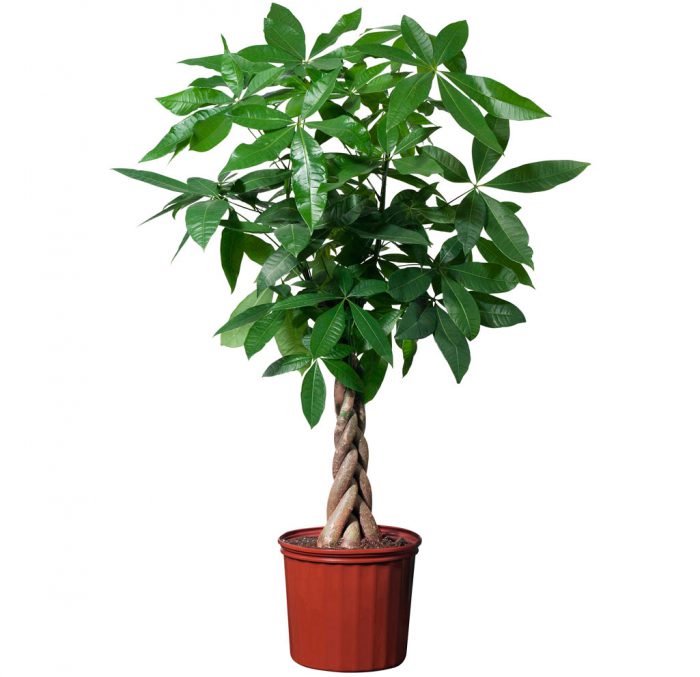
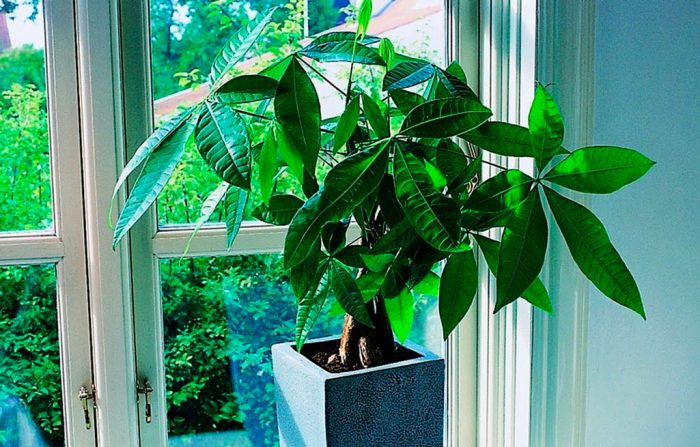
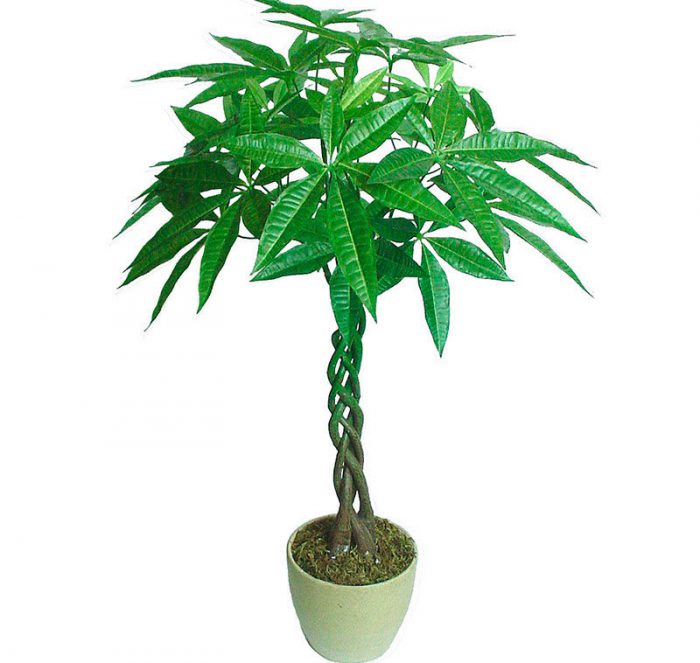
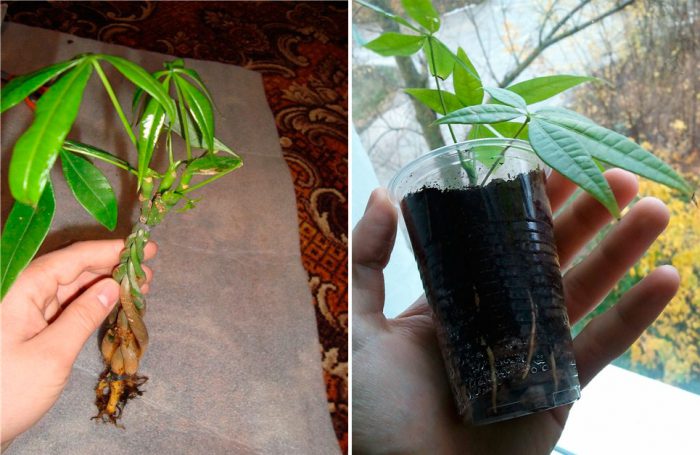
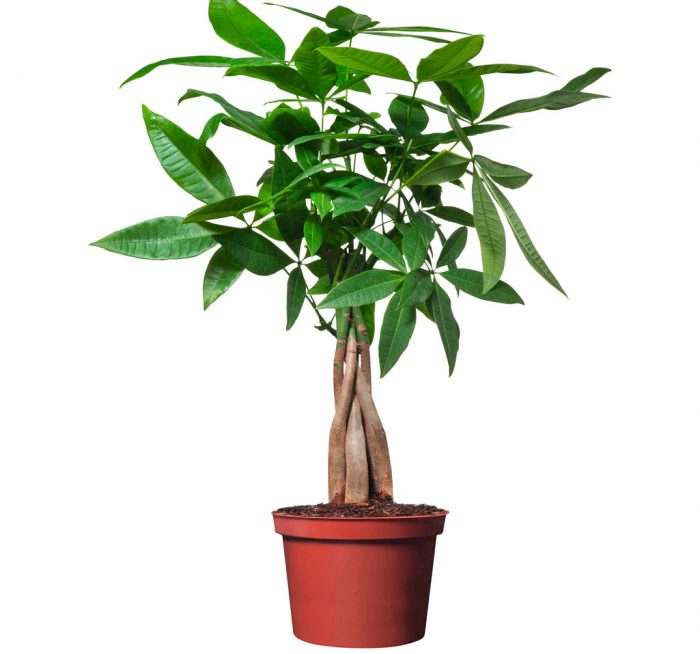




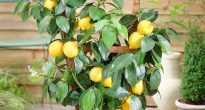
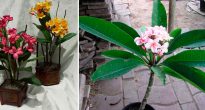
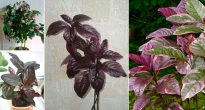



I bought my wife "Pakhira" well, for some reason I died, I was very sorry. Thanks to the author, I will try on your advice.
On the trunk in the lower part of the pakhira, shoots have grown, Can they be separated? If the leaves turn yellow, then it means a lack of water?